Search Results for 'Maurice Semple'
10 results found.
St Nicholas’ Parochial School

This Church of Ireland school is situated in Waterside beside the courthouse and the Town Hall, The earliest existing school records date back to 1901 to the Model School which was situated on Upper Newcastle Road. It had opened in 1852 with 400 pupils, many of whom were Catholics. This proved too much for the then Catholic bishop who set out to make way for explicitly Catholic education in Galway. He invited the Mercy Sisters and the Patrician Brothers to set up schools here and made it a ‘reserved sin’ for Catholic parents to send their children to the Model School. This resulted in 199 pupls withdrawing and meant the end of multi-denominational education in the city.
Droichead an Dóchais name picked best of sixty in bridge-naming exercise
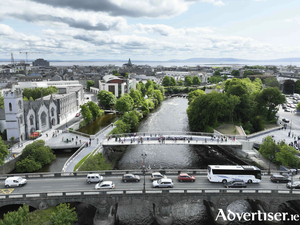
Following a Special Council Meeting on Monday 22 April 2024, Galway City Council has officially named the first bridge to span the Corrib in over 30 years, as ‘Droichead an Dóchais’.
Remembering Maurice Semple
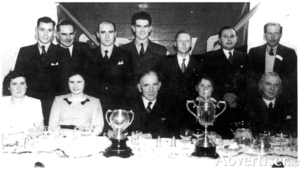
Maurice Semple was born in 1917, a member of a family that had continuous connection with the ‘Citie of the Tribes’ for over 400 years, one of three children of Frank Semple and Elizabeth ffrench. His father worked in a clerical capacity in the courthouse, his mother was one of the ffrenchs from Claregalway. Both his brother ffrench Semple and his sister Mary predeceased him.
The Corrib Rowing and Yachting Club
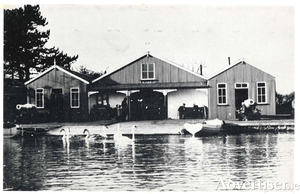
This club, originally established in 1864, must be one of the oldest in Galway, if not one of the oldest amateur sporting clubs in the country. Unfortunately, the minutes of the club meetings for 1864 and 1865 cannot be found, but we are fortunate that Maurice Semple had access to the minutes for most other years and published them in a book entitled A Century of Minutes, the Story of the Corrib Club, 1864 – 1966.
A magnificent man and his cycle machine
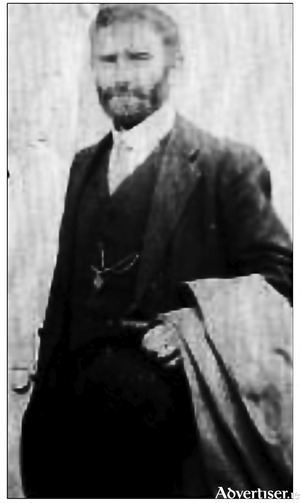
John Henry Bailey was a well known business man in Galway at the close of the 19th century. He was a rate collector and an auctioneer but was better known for his selling and repairing Morris cars from his garage on the east side of Eyre Square, on a site now remembered as the former Odeon Hotel. He also had the distinction of being the first man in Galway to ride a bicycle.
Was Bodkin’s severed hand a call to Rome?
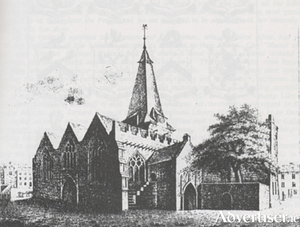
Not only was the saintly Warden Bodkin’s hand in perfect shape and colour despite being lying in a vault for more than 140 years, when it was returned it was crudely ‘cut into pieces, the fingers off from the palm, split into pieces up to the wrist. The skin had been cut off at the breast’. Who could have done this sacrilegious deed? was it a fanatic Catholic seeking a return of St Nicholas’ Collegiate church to the Roman rite; or was it just an act of outrageous vandalism?
Dear Mr Semple I am that girl……

Anne Root (formerly Browne) was about 16 years-of-age when she went to work for the Blakes at Menlo Castle. She was employed as a housemaid, and joined two other house staff, a parlourmaid, and a cook Delia Earley, with whom she shared an attic room. She and Delia became warm friends, and shared a terrifying ordeal when they were trapped together on the roof of the castle as it burnt in a raging fire on July 26 1910.
Tragedy at Menlo Castle
In the early hours of July 26 1910 Menlo Castle, on the bank of the river Corrib, was totally gutted by a fire. Sir Valentine and Lady Blake’s daughter, Ellen, was lost in the flames. The cook Delia Early, who lived on the attic floor, jumped to her death. Delia shared a room with housemaid Anne Browne, who waited until her clothes were in flames, before jumping. She landed on a pile of hay placed by other household staff to break her fall. Severely injured and burnt, Anne was driven on an open truck, slowly into the Galway Infirmary, lying on a door to ease her movement and pain. Local farmers gave her milk to drink to try to cool her down.
A Commercial Club excursion to Cong, 1915
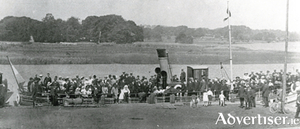
The Commercial Rowing Club was set up in May 1875. The Corrib Rowing and Yachting Club had been in existence since 1864, but as it was the only such club on the river, there was a distinct lack of competition for its oarsmen. Commercial provided that competition.
The Dyke Road
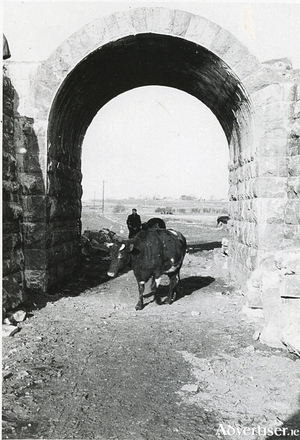
The Dyke Road was originally known as the Terryland Embankment. In 1847 a group known as The Corrib Development Company applied for compensation claiming they had spent a considerable sum constructing the embankment — at the time the river was prone to serious flooding. The Commissioner for Public Works took over possession of the works after giving evidence in reply to the claim for compensation. They pointed out that the embankment was partially built in 1839, but after the water had risen that winter, it had given way. The company carried out more works of reconstruction in 1840, but the flood waters burst it again. The river would flood on each occasion as far as Castlegar. The embankment was left unfinished until 1845 when the company tried once more but failed to retain the river. They were subsequently compensated. The building of the canal a few years later greatly alleviated the flooding problems.

